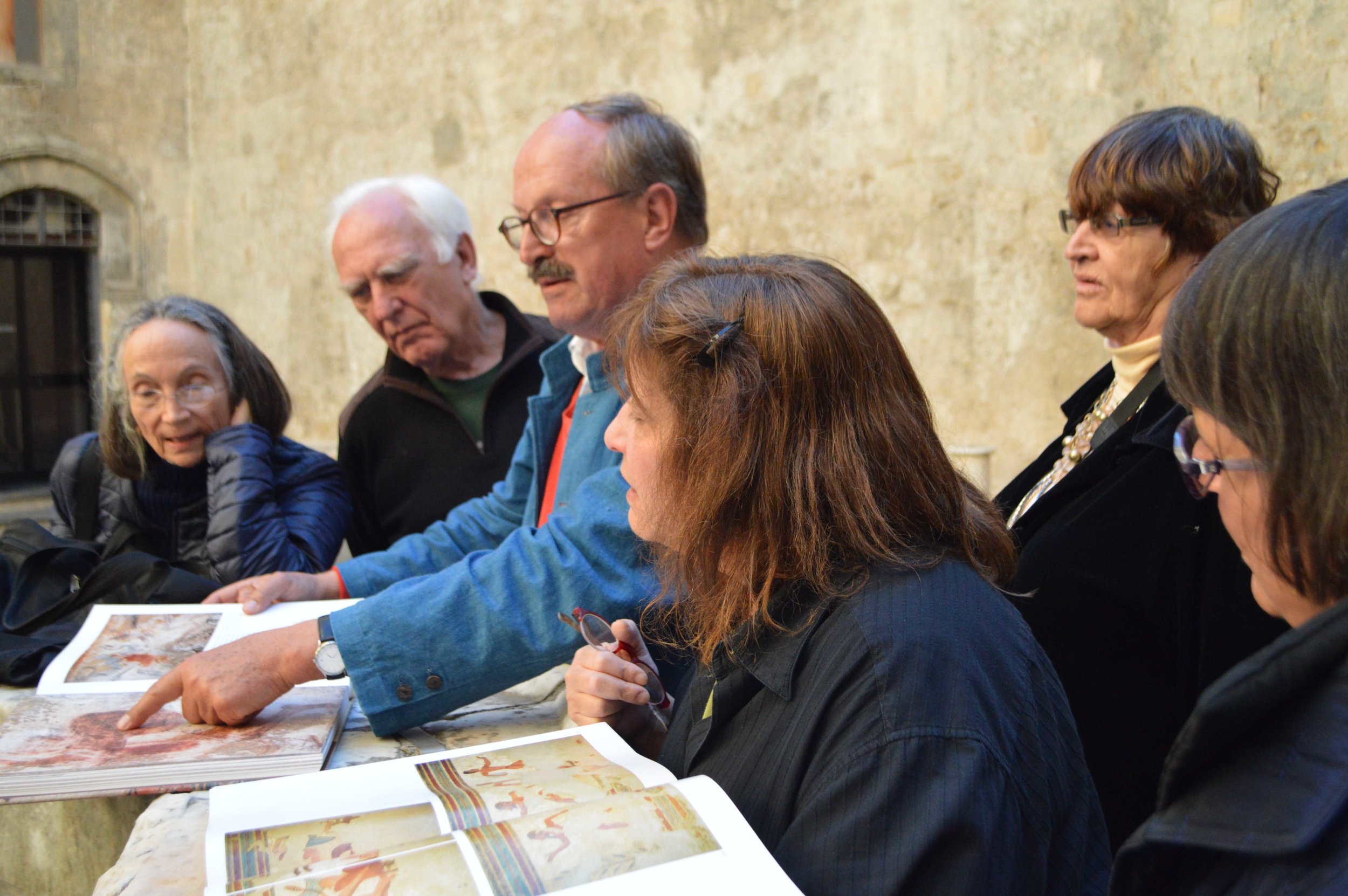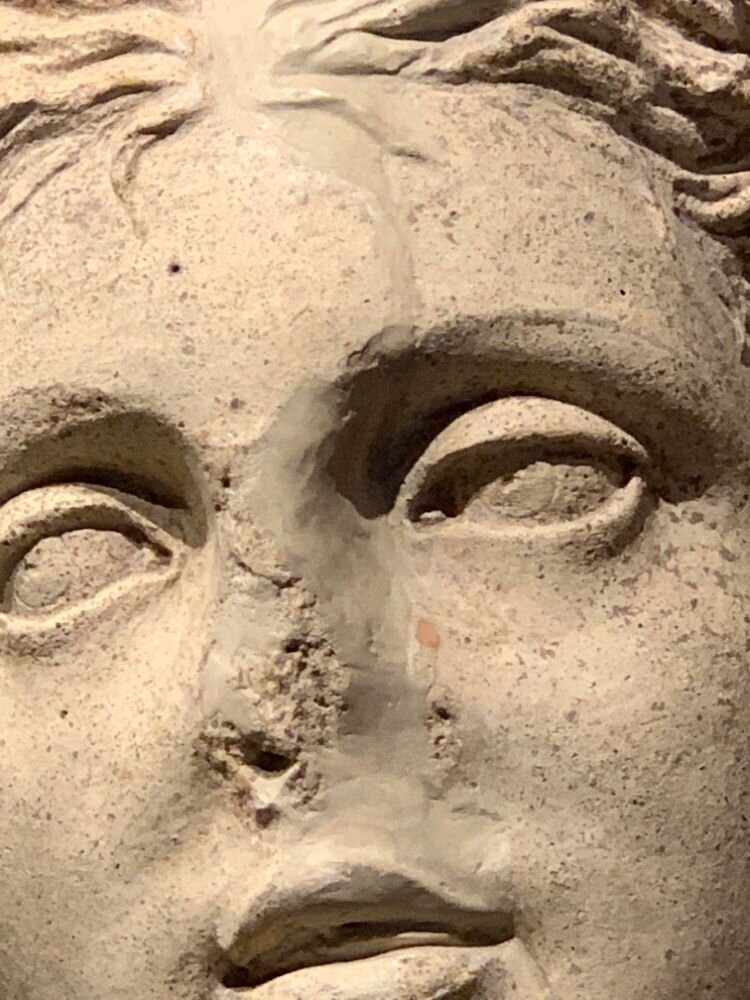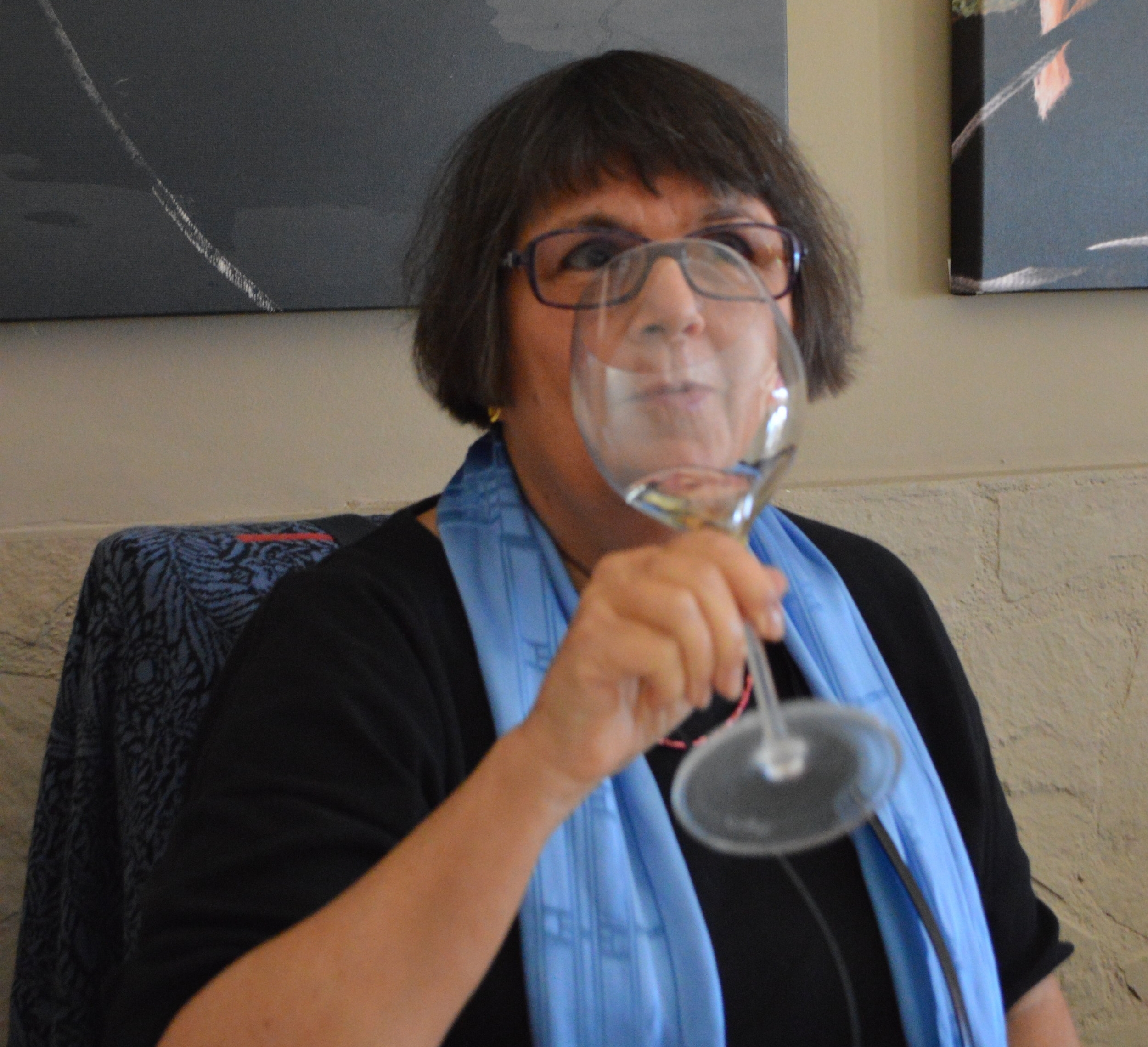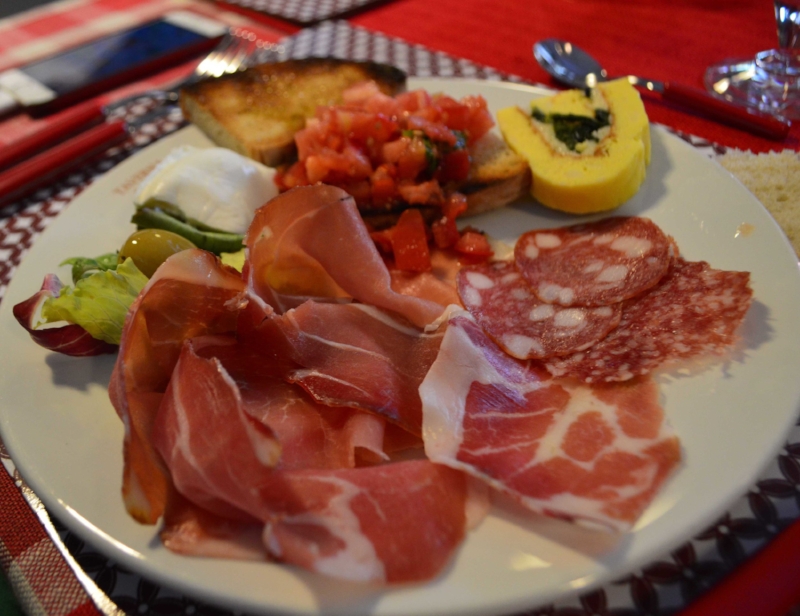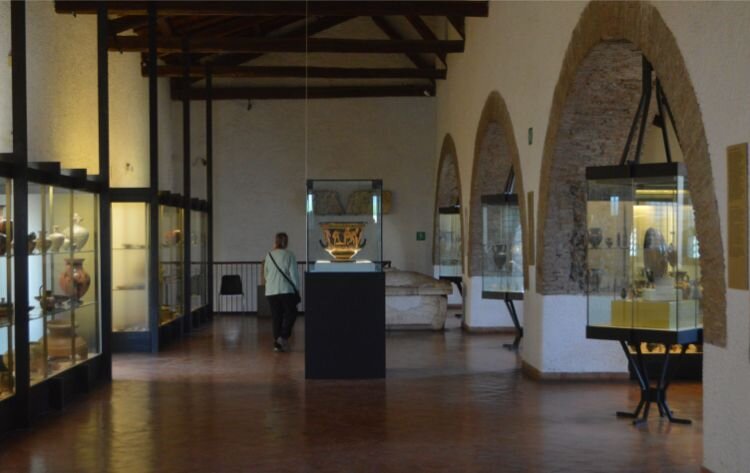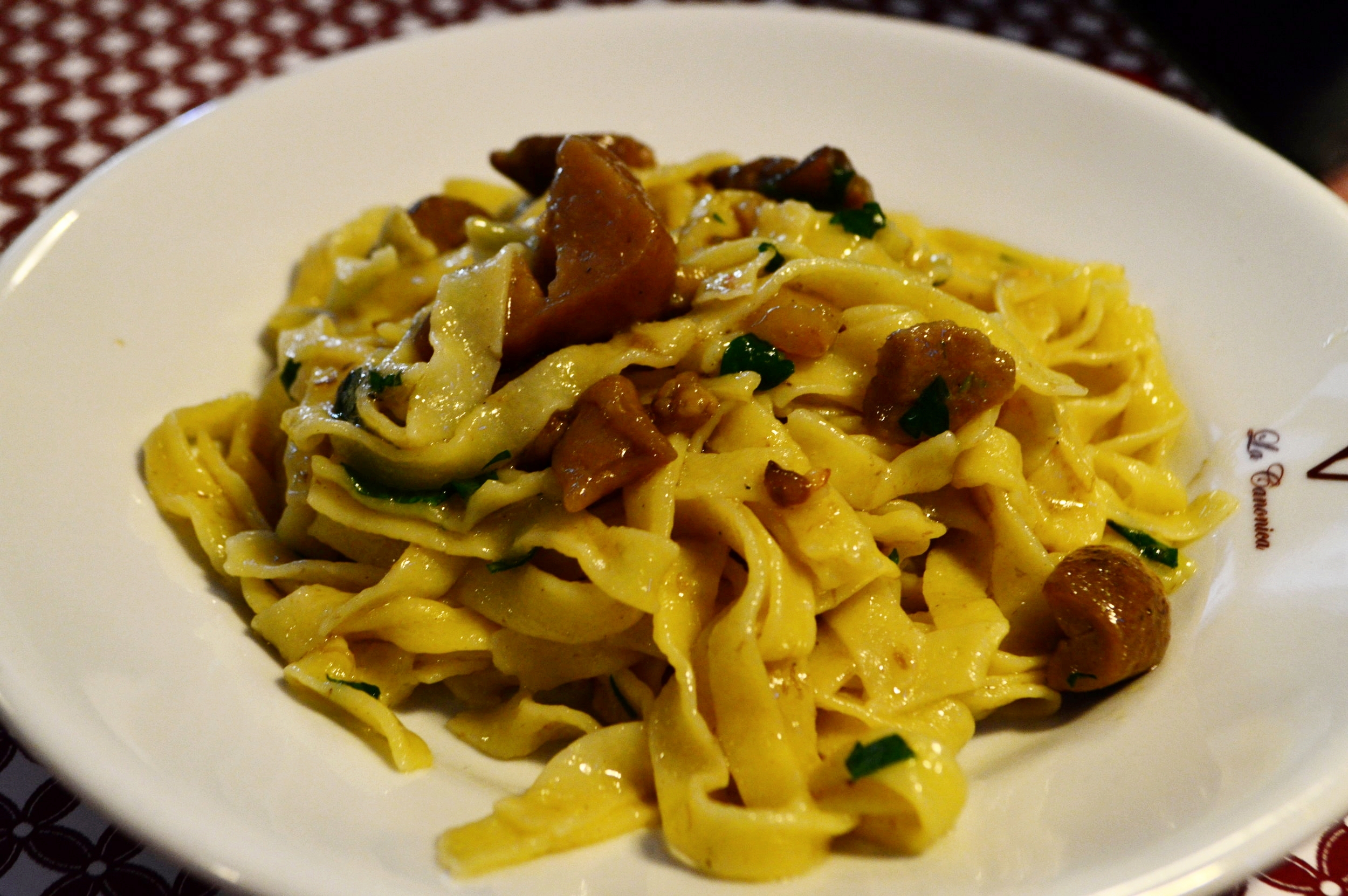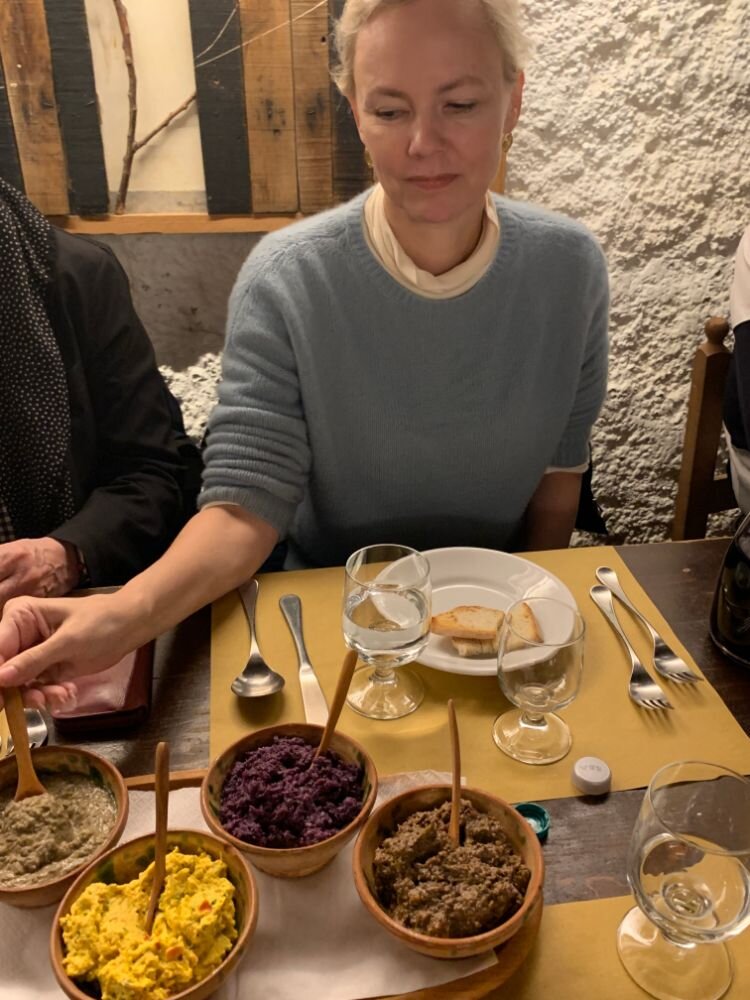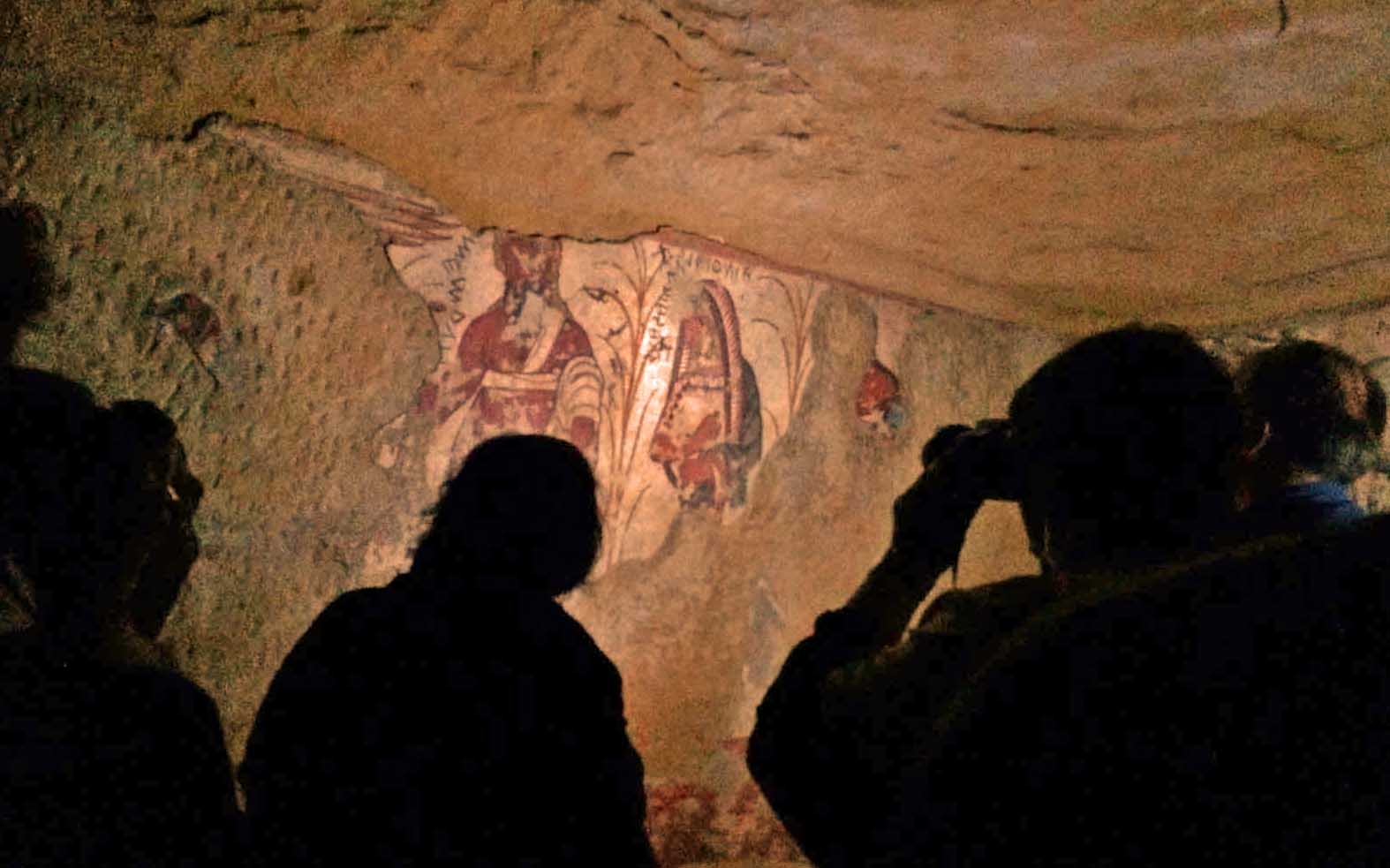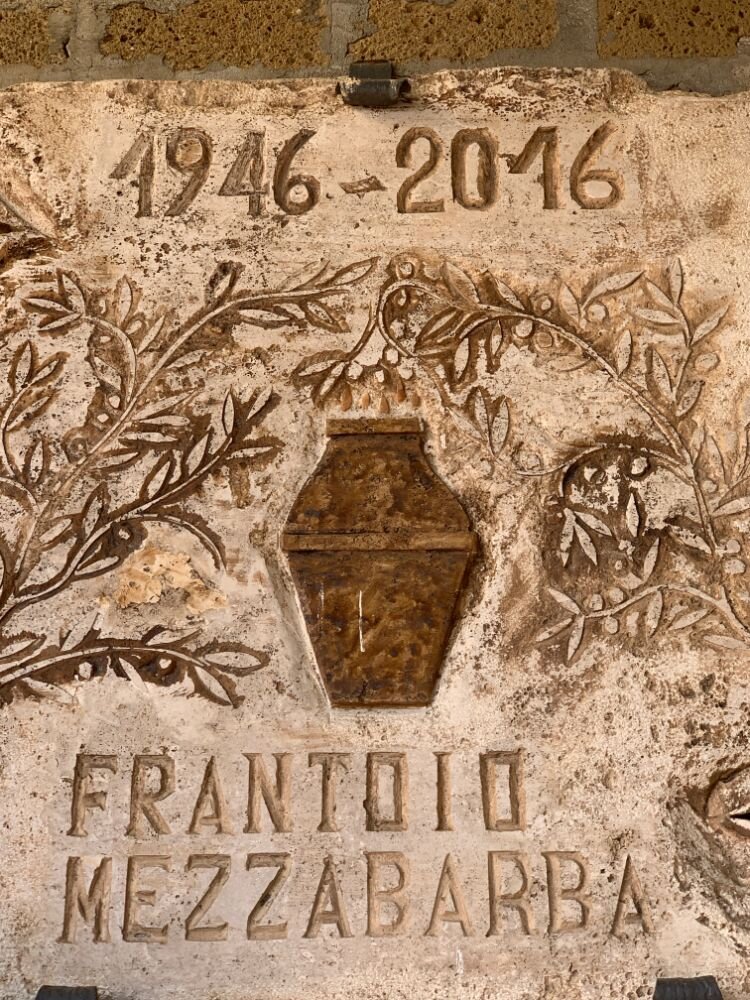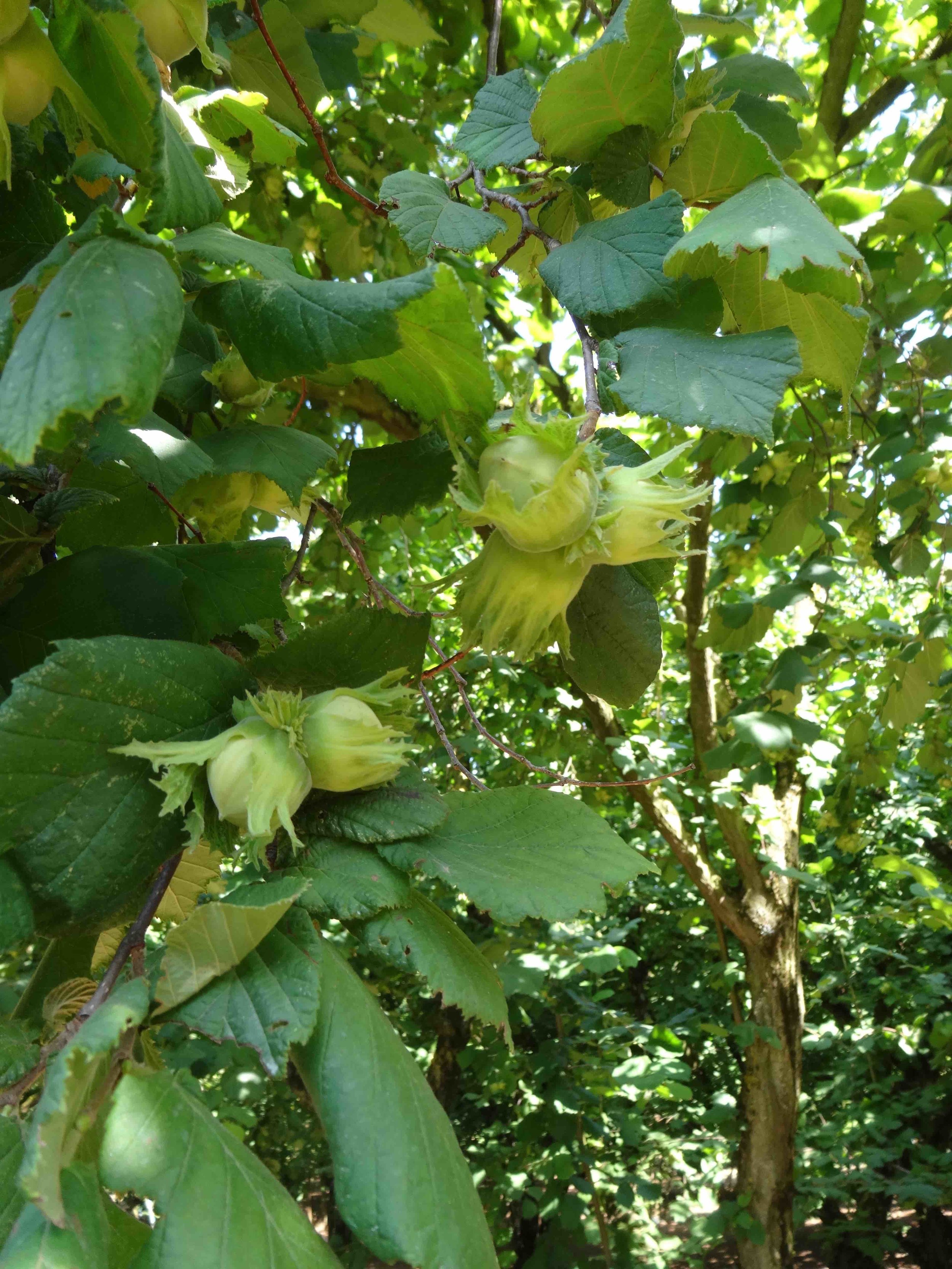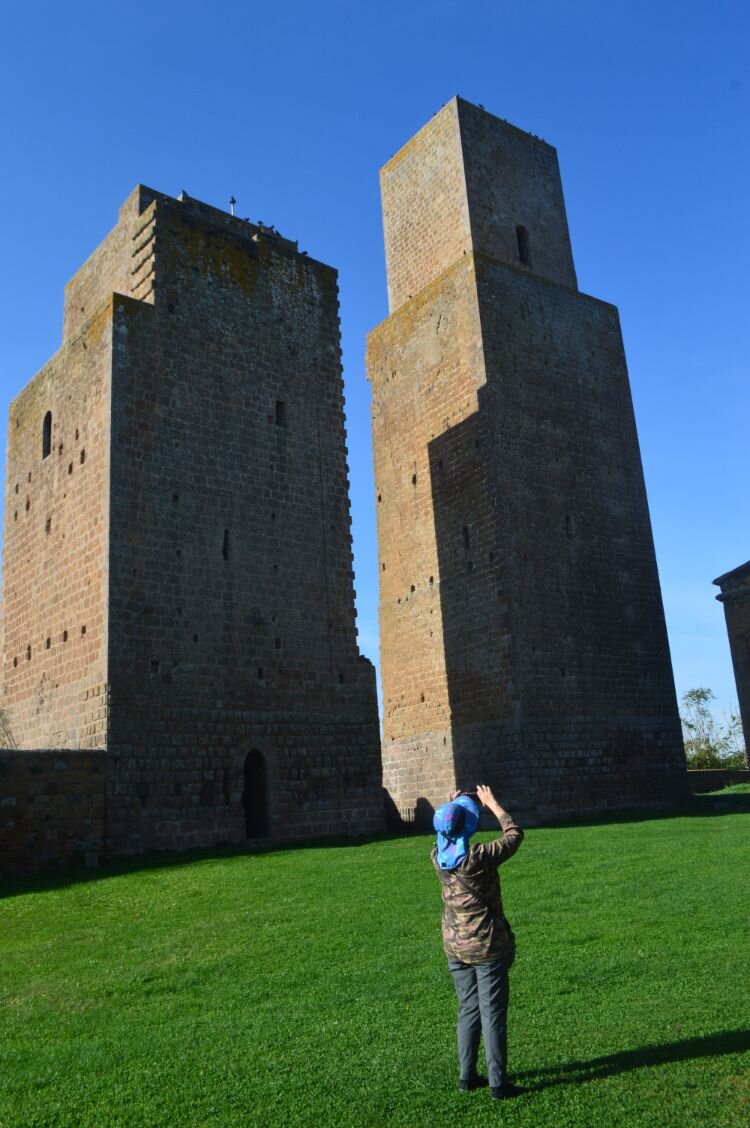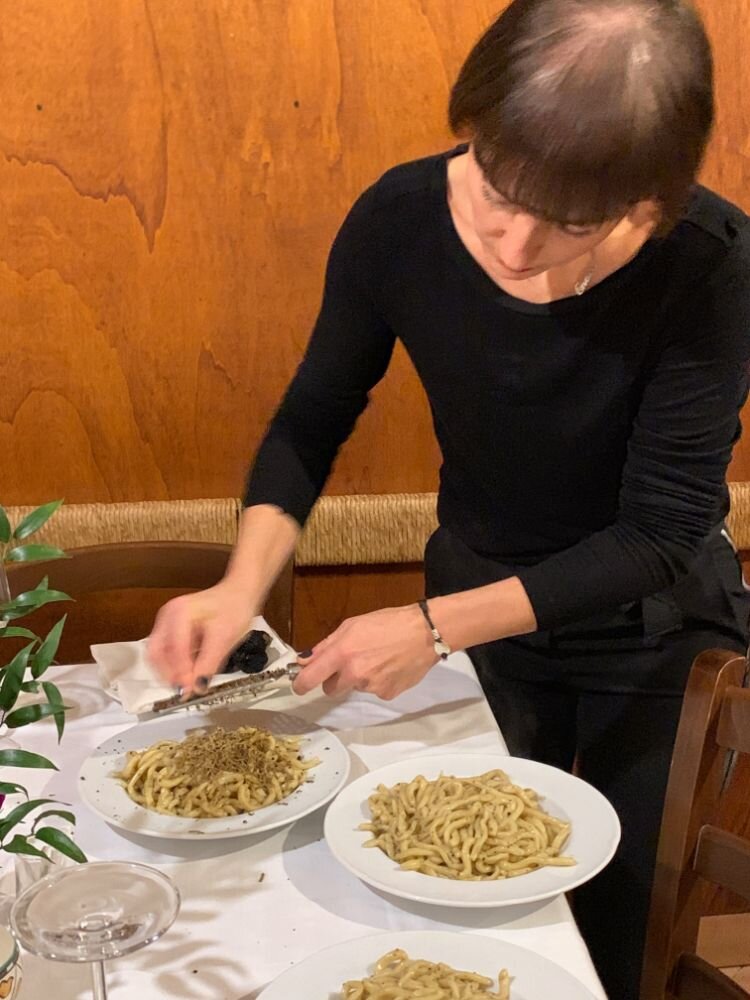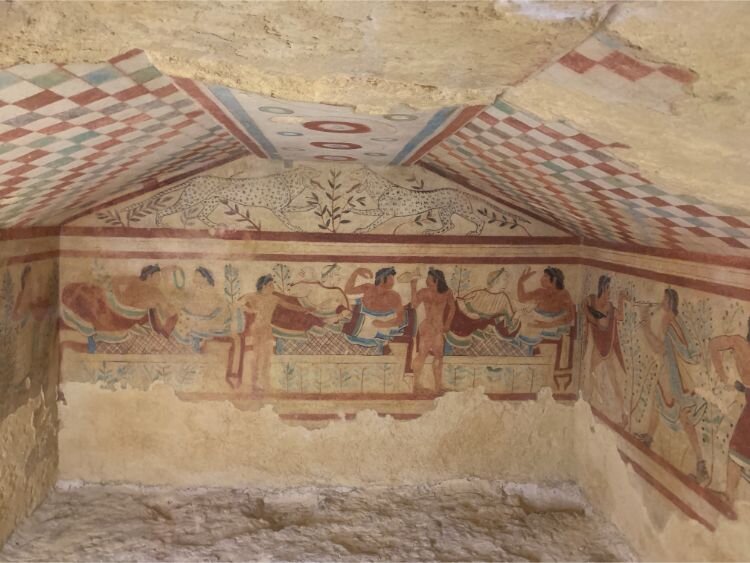Etruscan Places
(From Rome to Orvieto)
If you’ve done the usual day trips from Rome, this tour—offered either as an add-on to A Taste of Ancient Rome or by itself—will take you to places that were a little too far or hard to reach, and if you’ve graduated from the tourist destinations of Tuscany and Umbria, this will be a very different reality.
Imagine a land of volcanic lakes, sandy beaches, rugged hills, thermal springs, Roman roads, and medieval hill towns. Its olive oil, chestnuts, hazelnuts, freshwater fish, black truffles, seafood, wild mushrooms, game, pork products, lamb, and sheep cheeses are among the best you’ll find anywhere in Italy. The Etruscans left their mark, but so did other pre-Roman peoples, like the forgotten Faliscans. This is southernmost Etruria, the land that lies between Rome and the Tuscan and Umbrian borders.
Our itinerary offers plenty of archaeo-culinary interest in the cities and cemeteries of the Etruscan peoples who predated the Romans here as well as the medieval towns that inherited the ancient legacy. That legacy continues today, remarkably unspoiled.
Conquered by Rome, this Etruscan territory thrived into the Middle Ages and Renaissance. At Civitavecchia, on the coast, we see Michelangelo’s fort and at Caprarola, Vignola’s inventive palace built for the Farnese family. Orvieto, perched dramatically atop a tufa outcropping just over the border in Umbria, is renowned for its 14th-century Gothic cathedral and its eponymous white wine, but also for its Etruscan remains. Side trips take us to such diverse sights as the Roman town of Sutri, beautiful Lake Bolsena, and the magnificent provincial capital of Viterbo, with its high walls and papal palace—and its general indifference to tourism.
We eat wonderfully mostly in restaurants and trattorias dedicated to rediscovering and keeping alive a traditional local cuisine too often ignored.
October 21–28, 2019
October 24–30, 2016



